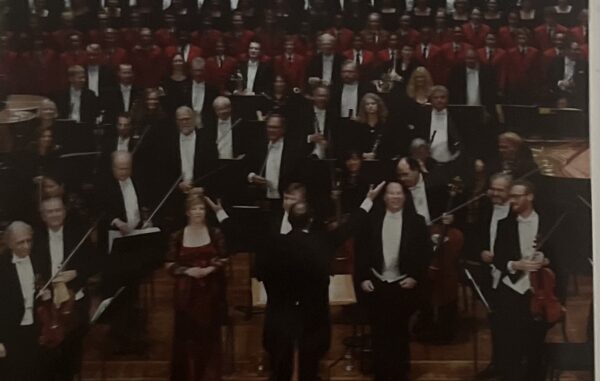
photo credit: Valentina Urbaez
The massive spectacle that holds 200+ orchestra players, choir singers and 3 soloists, Carmina Burana, planted its mark at the Ohio Theater, Sept. 30 and Oct. 1. Carl Orff’s legendary show was carefully pieced together by the Columbus Symphony, Columbus Symphony Chorus and Columbus Children’s Choir by conductor Rossen Milanov and was dedicated to violinist and assistant concertmaster David Niwa.
Classical 101 early morning host Christopher Purdy was invited to hold a pre-concert talk with the audience to lay the groundwork for what this performance was about. Discussing its cultural significance, as well as the meaning of the works themselves considering the show is largely opera-like and sung mostly in Latin and German.
The performance itself was an enrapturing experience that had the rest of the audience in its tight grasp all throughout the 2-hour long performance. The Columbus Symphony and Chorus each had solo bits where one of the music groups would take over and once it was time to band together once again, they blended in perfectly. Not one group was too loud and the balance and dynamics felt throughout the different pieces helped express what the story was about to the audience.
Choral soloists, soprano, Ashley Fabian, tenor, Arthur W. Marks and baritone Ethan Vincent played vital roles in splitting up the acts and giving the audience a visual emotion to fall back on, which further developed the story. Their voices each carried different weight, adding to their characters and were sung with intense power and still a beautiful grace.
The school’s Tri-M, music national honors society, members were all in agreement once it was over that the performance was truly mind-blowing. Certain pieces were anticipated to be on another level considering their fame; some being, “O Fortuna” and “Excalibur,” were carried out impressively and expectations were met. The pieces more unknown are equally worthy of being recognized at the same standard as those more widely recognized.


